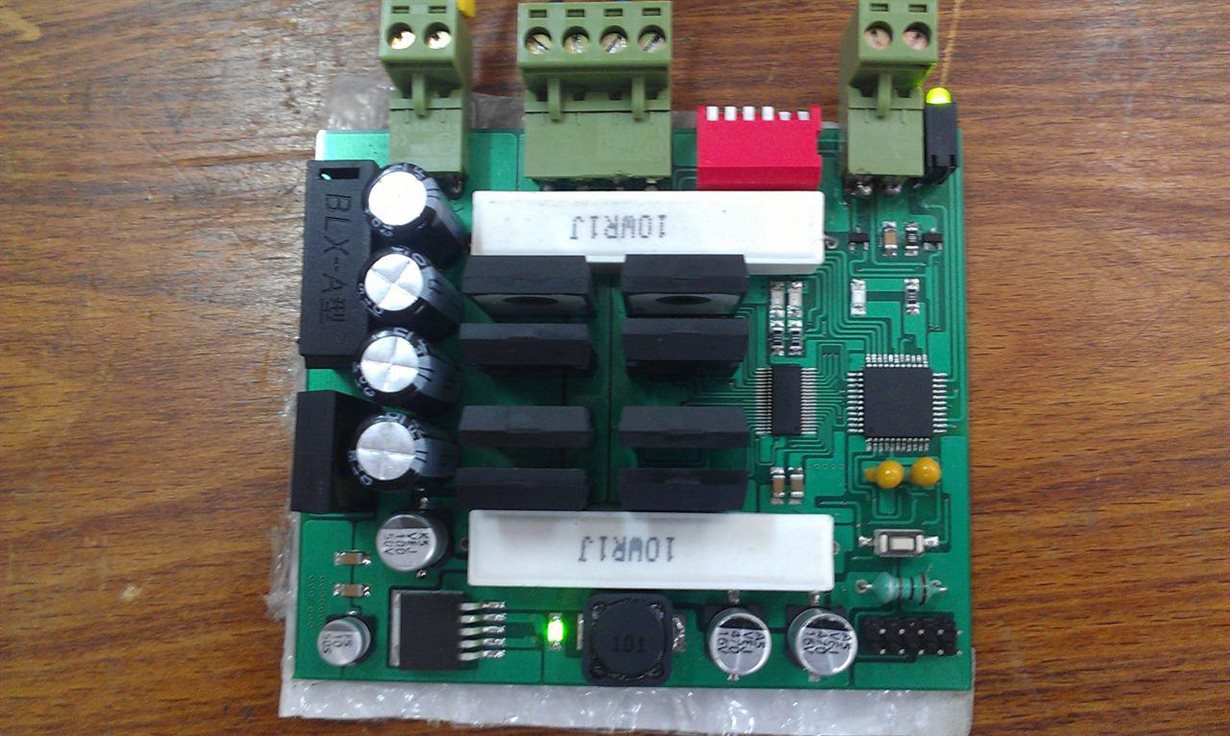Hello
I use drv8711 for driving stepper motor , when i use recommended initial setting in SLVA632 document (Table 2) , after 10 or 15 minutes , motor temperature will increase , and motor is very hot .
what should i do ?
my stepper motor features :
4.7v , 1.5A , 1.8degree , r = 3.1 ohm , l = 6.1mH
thanks a lot


